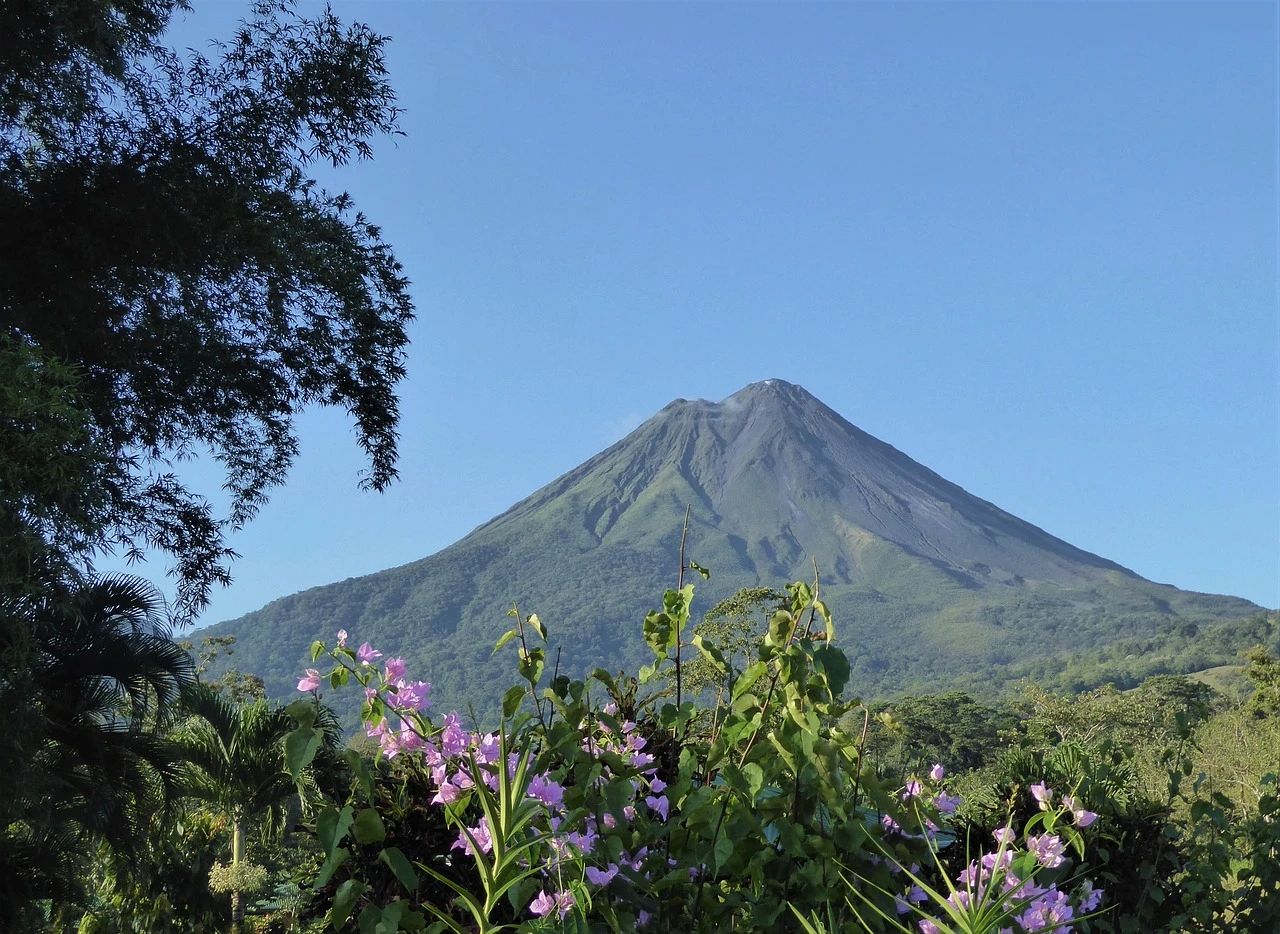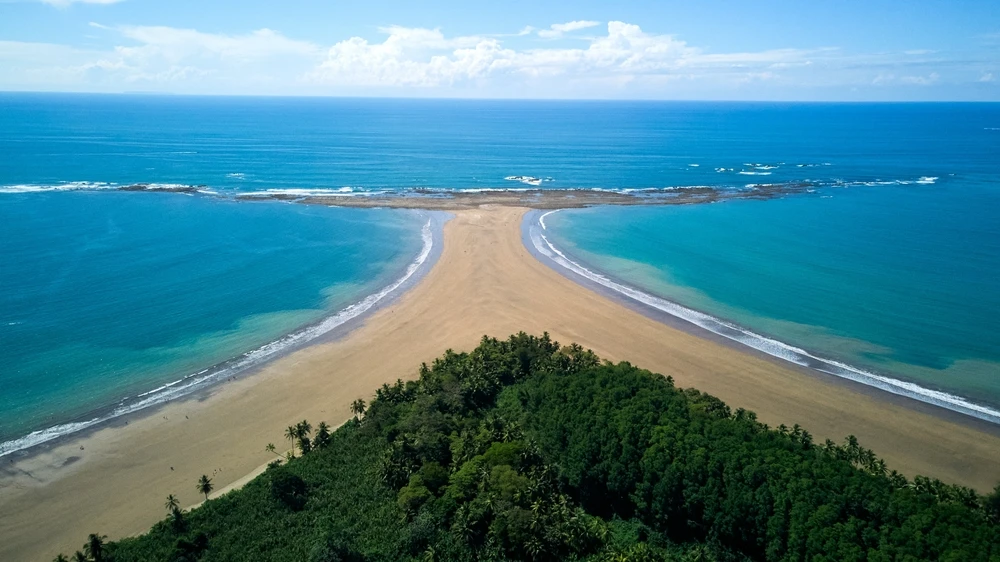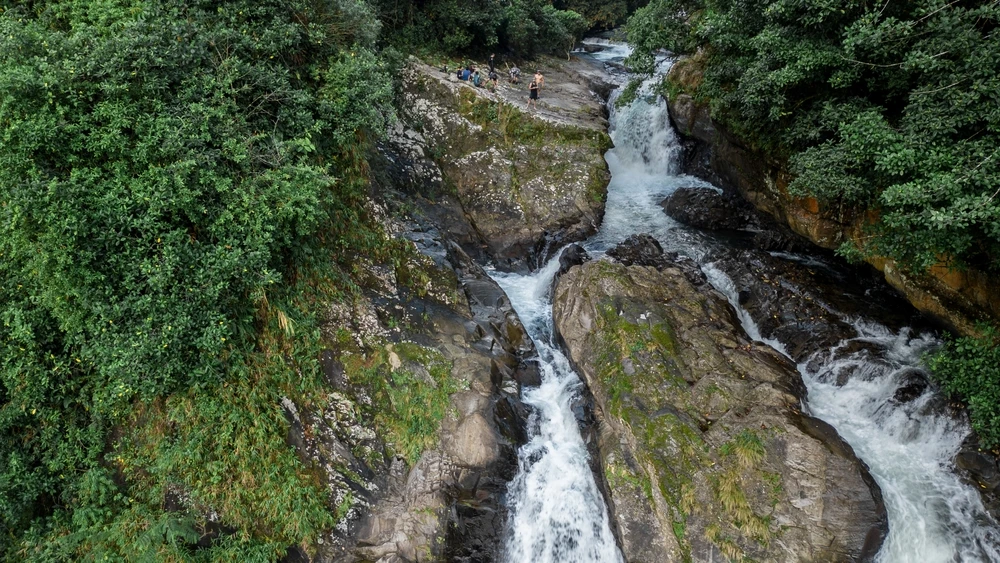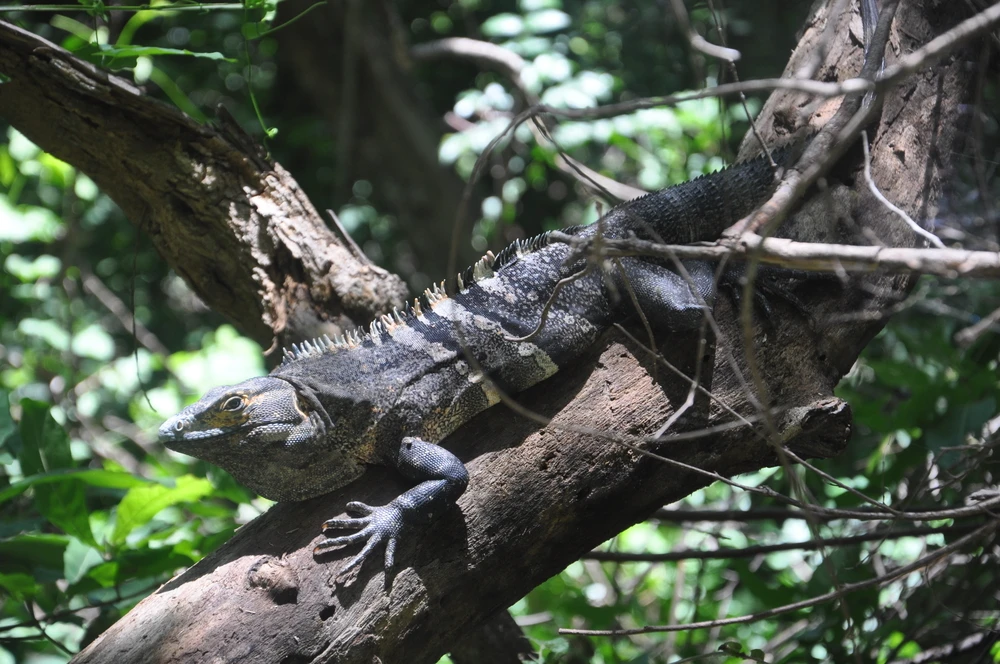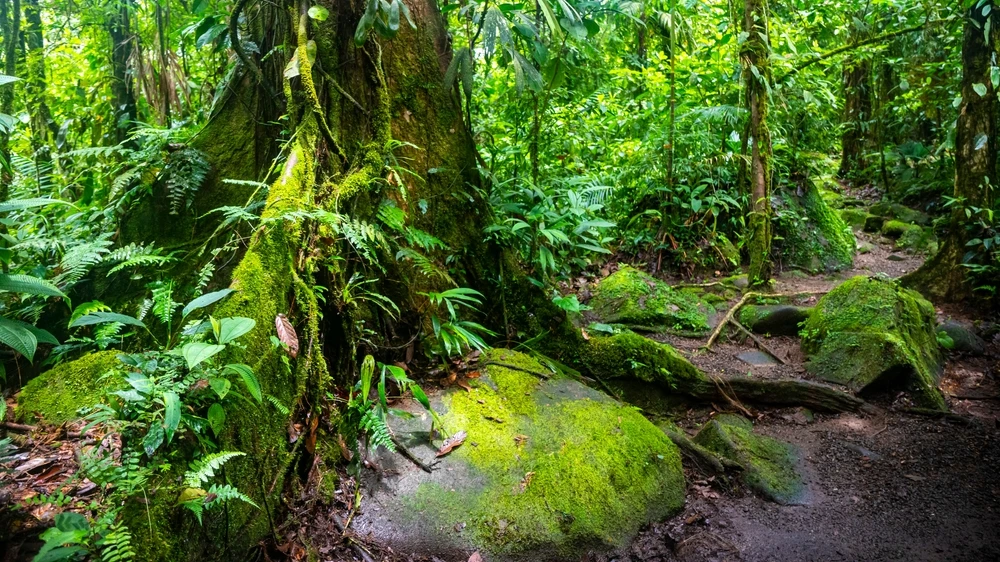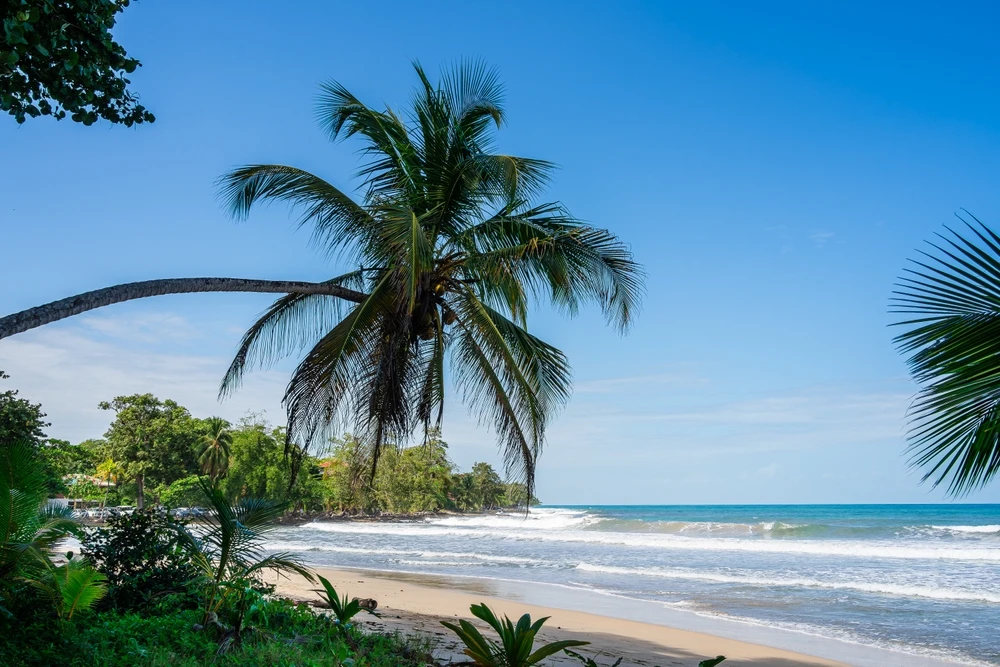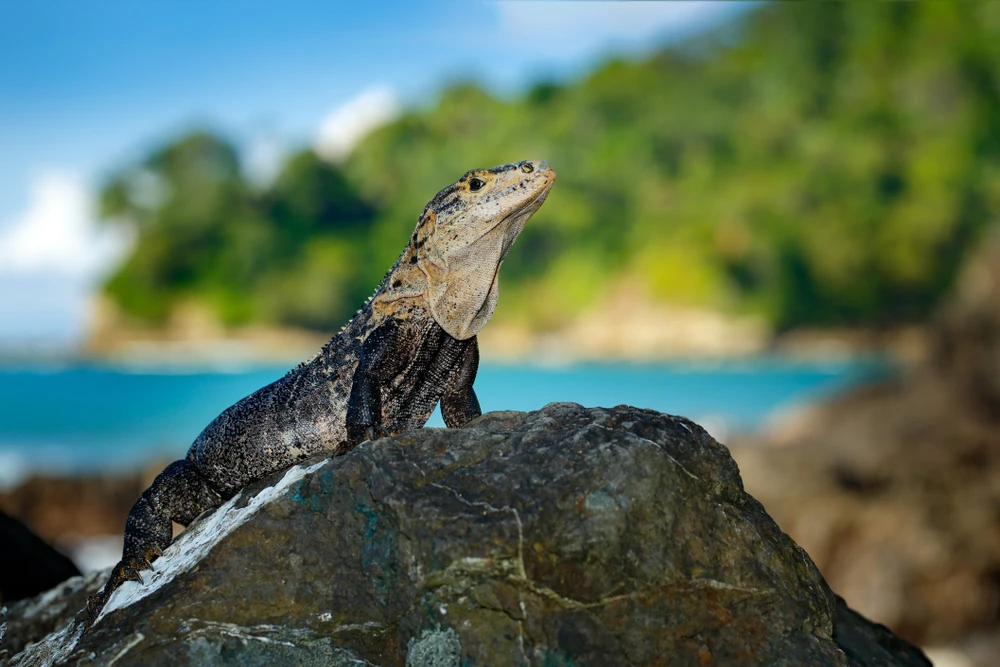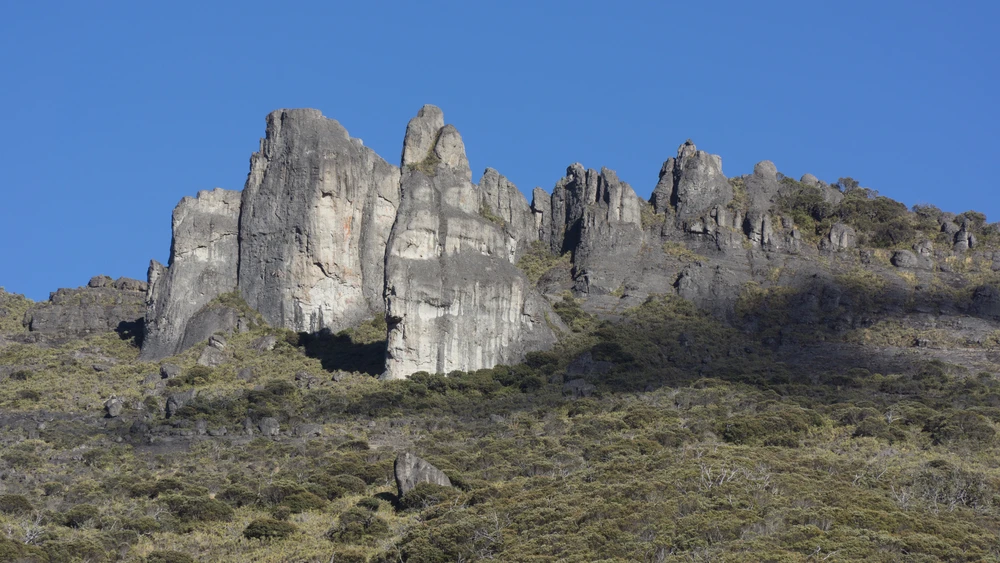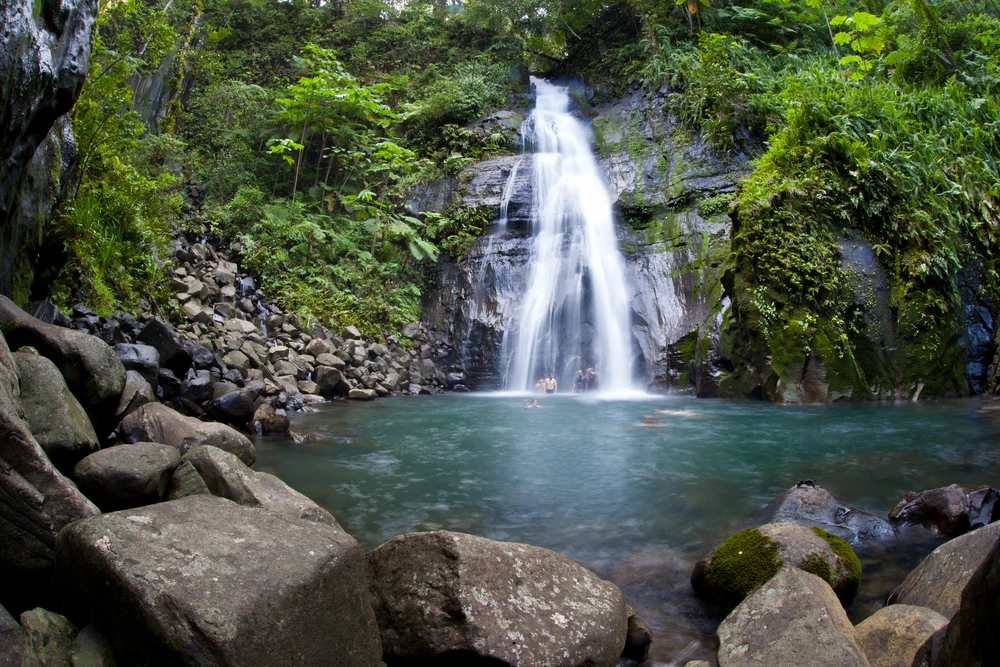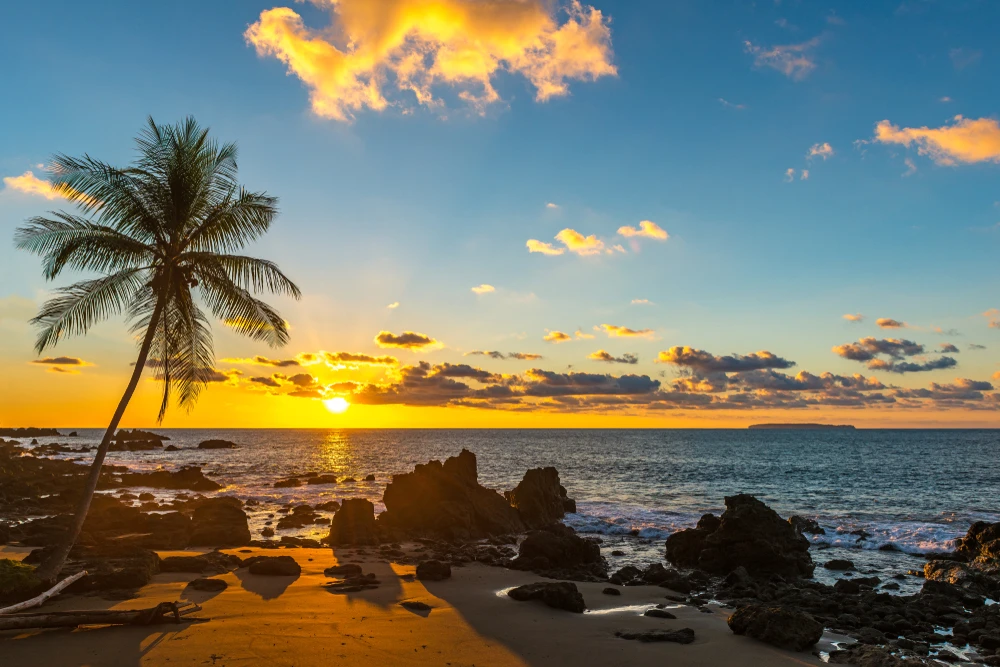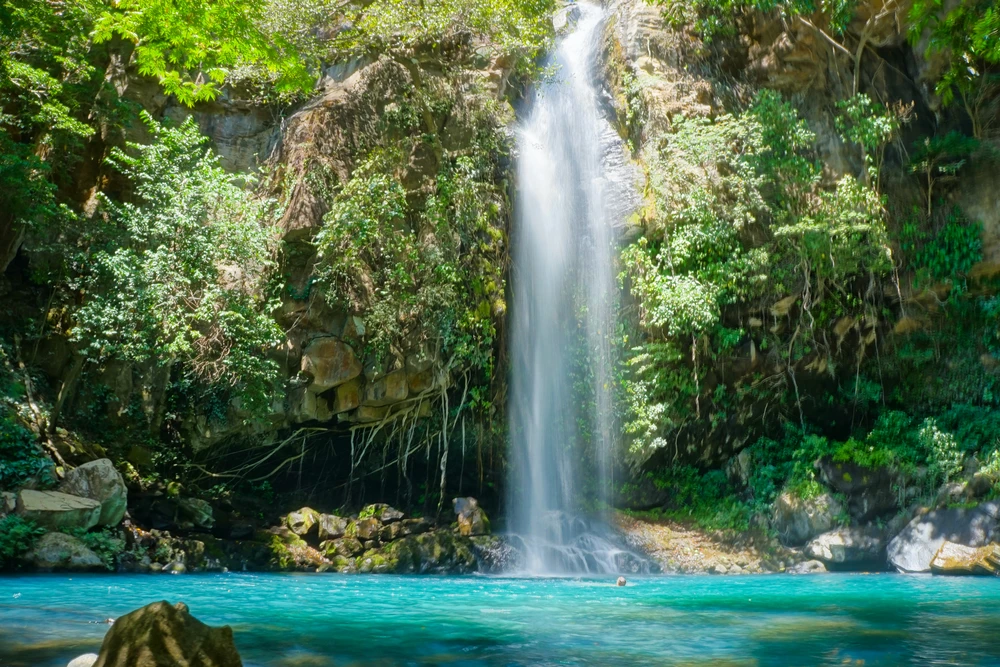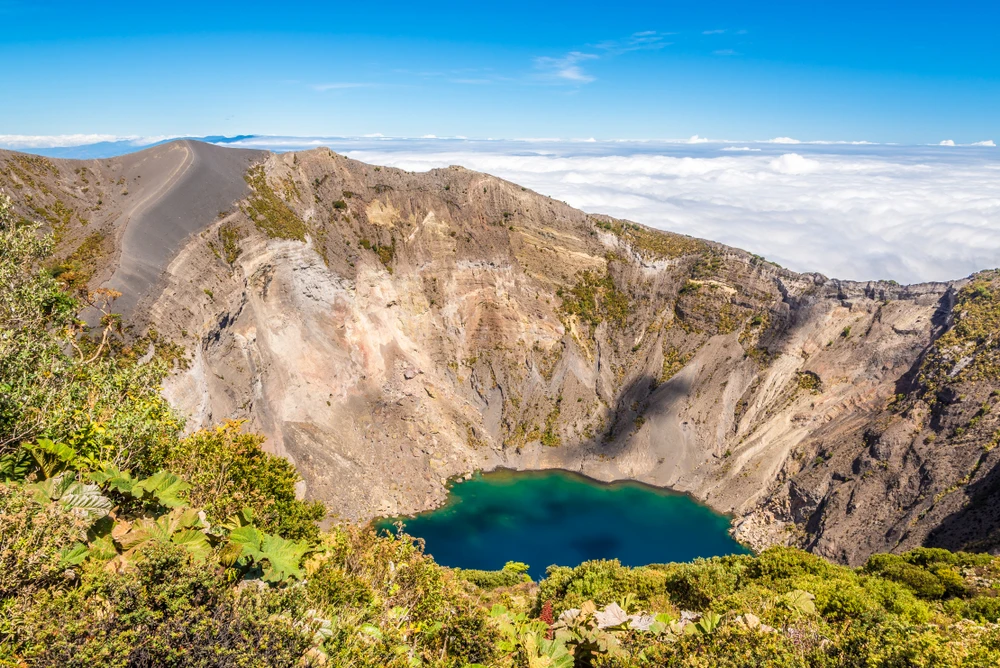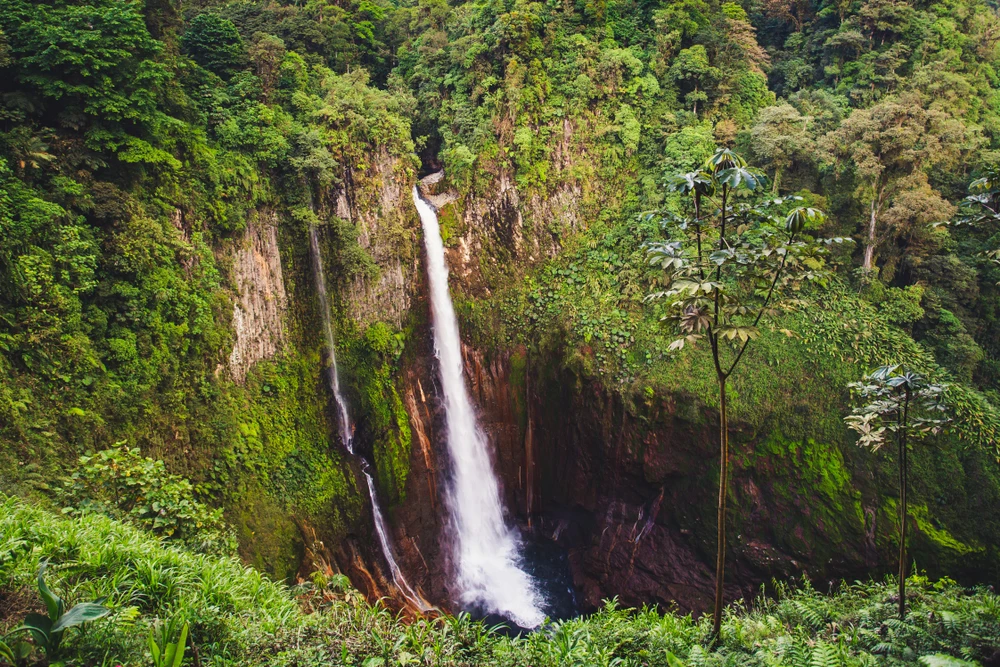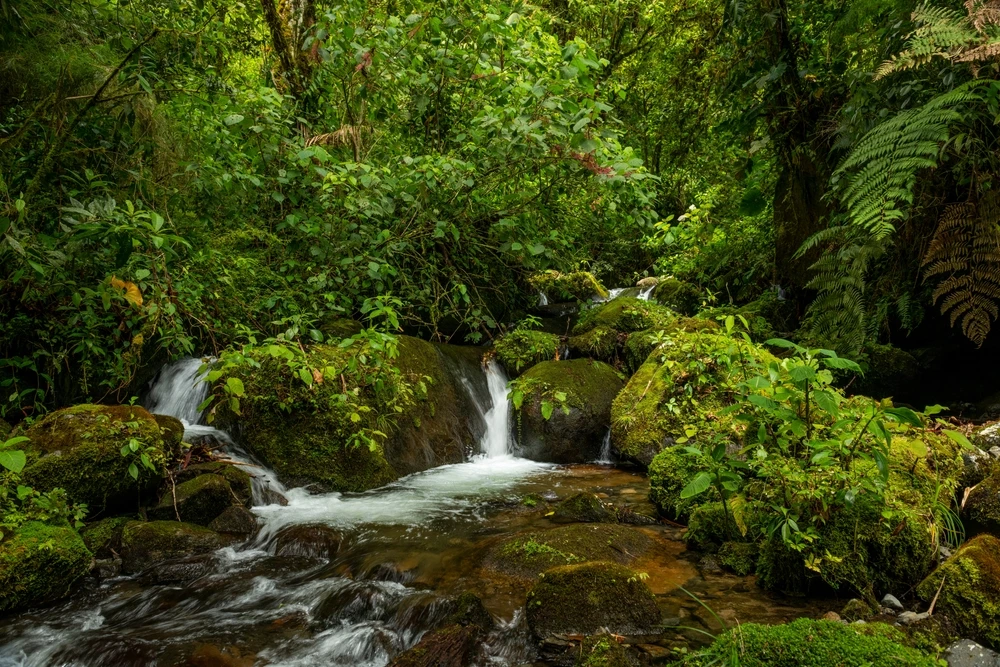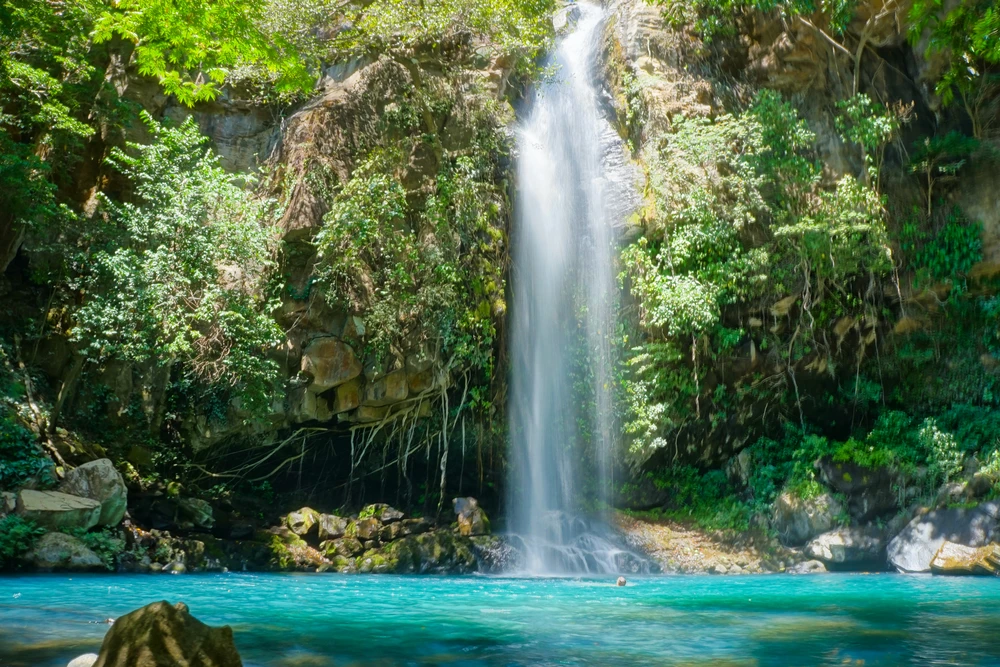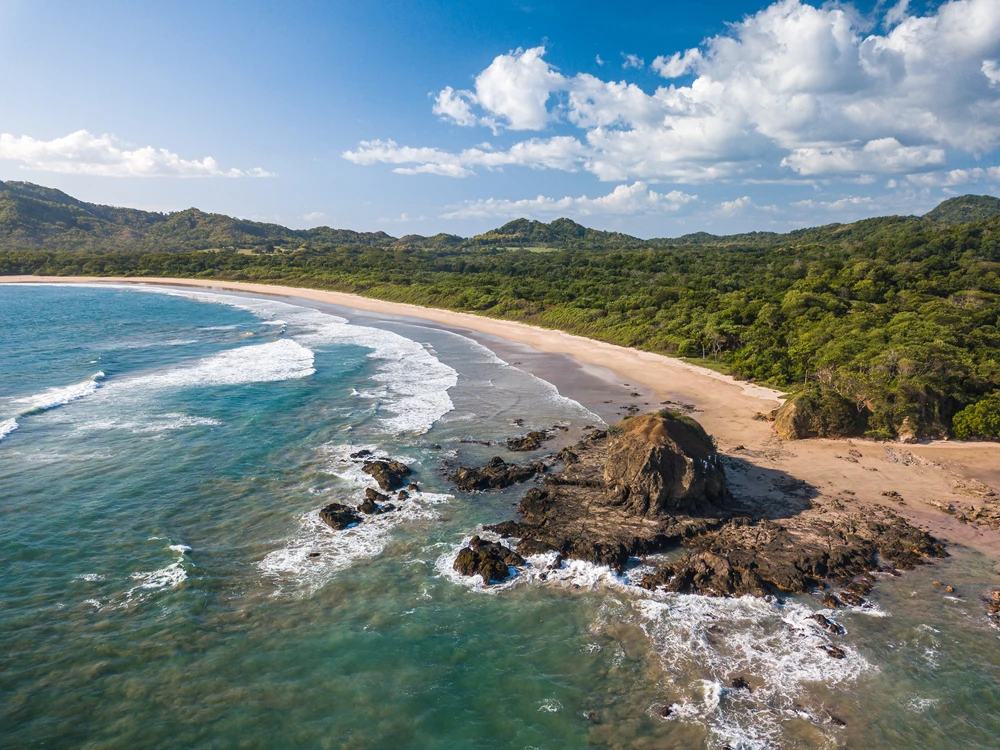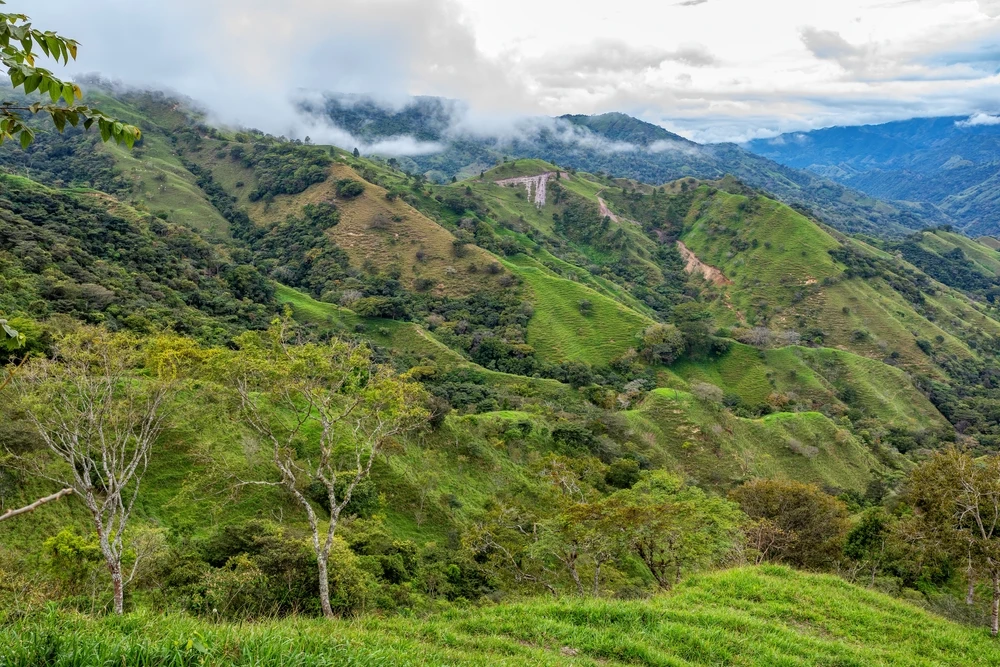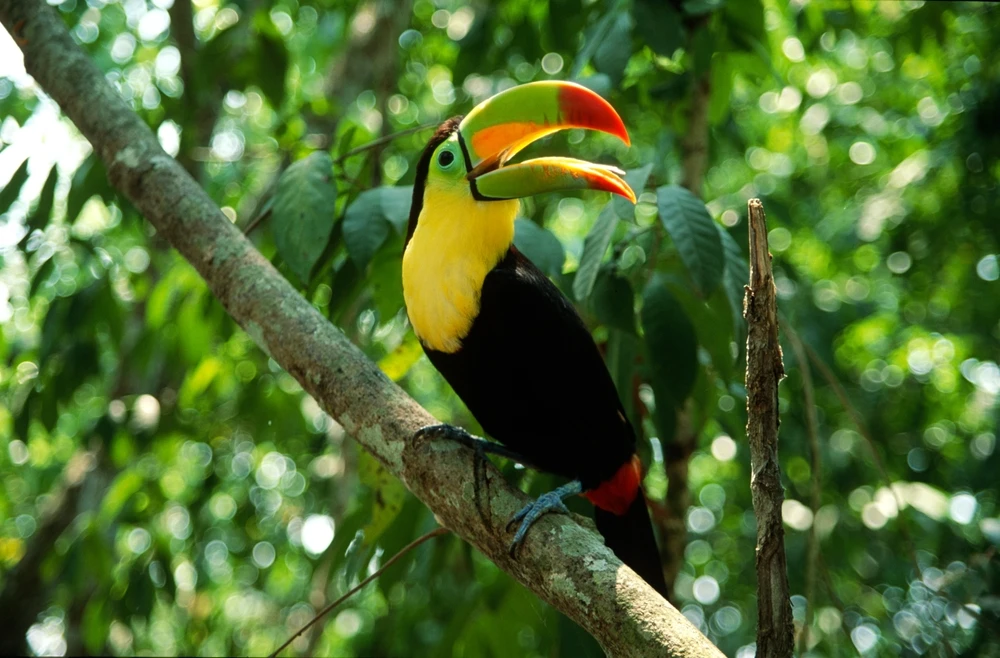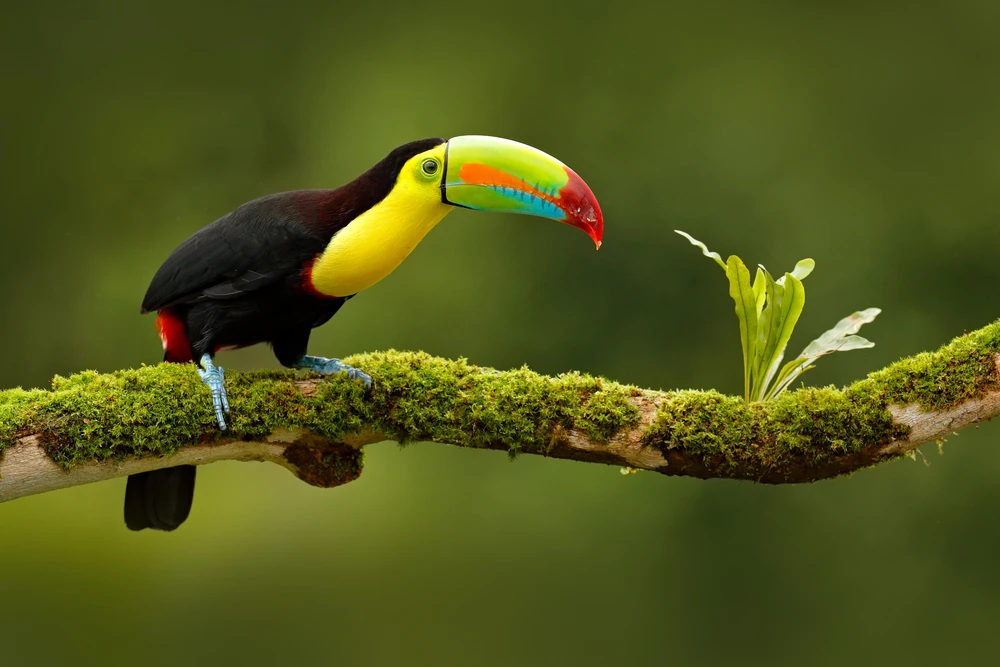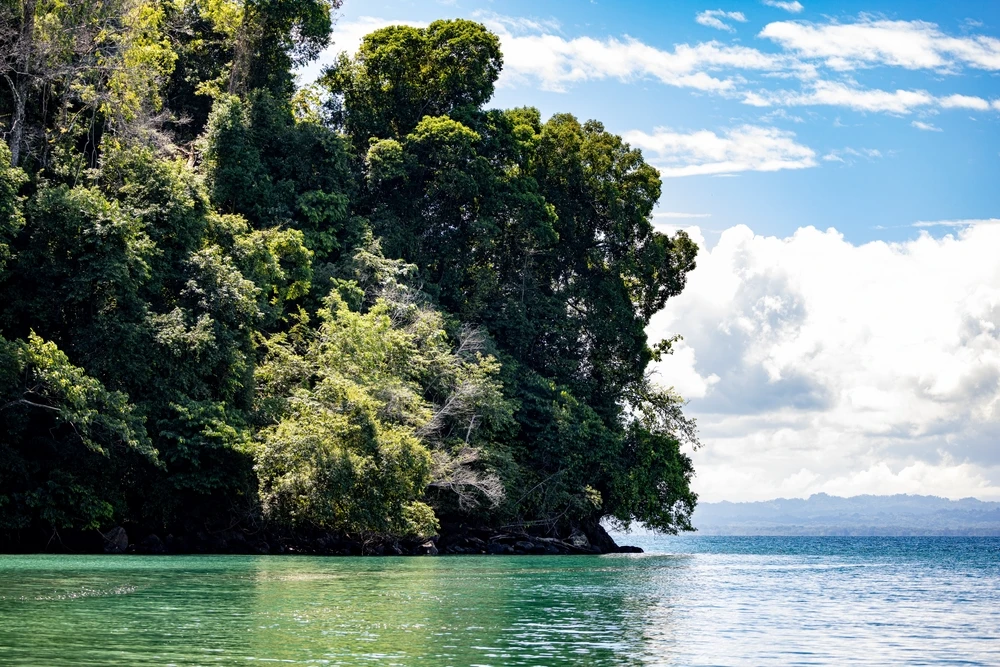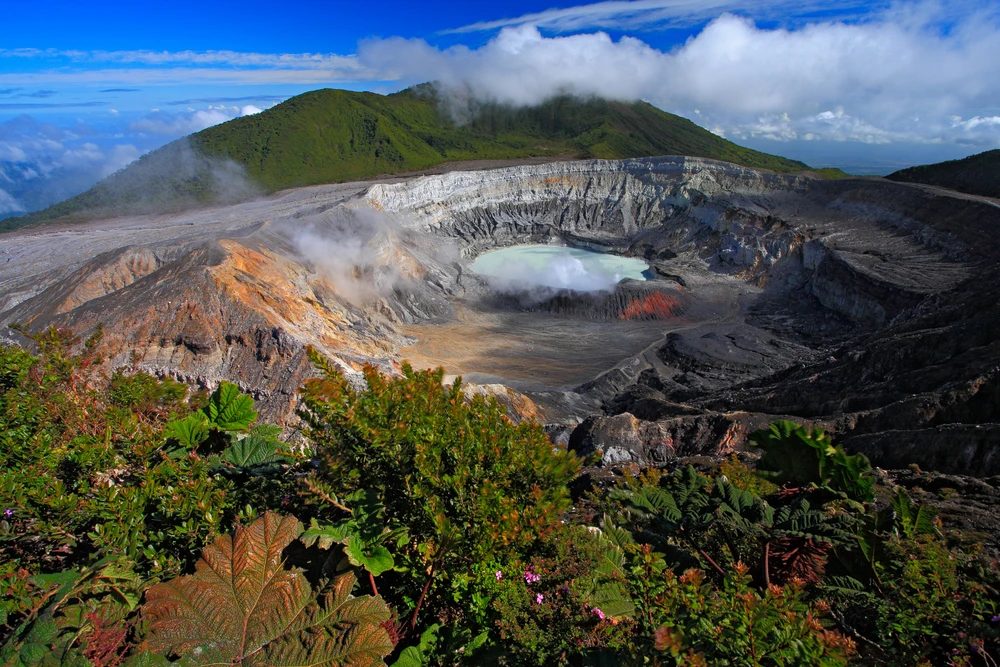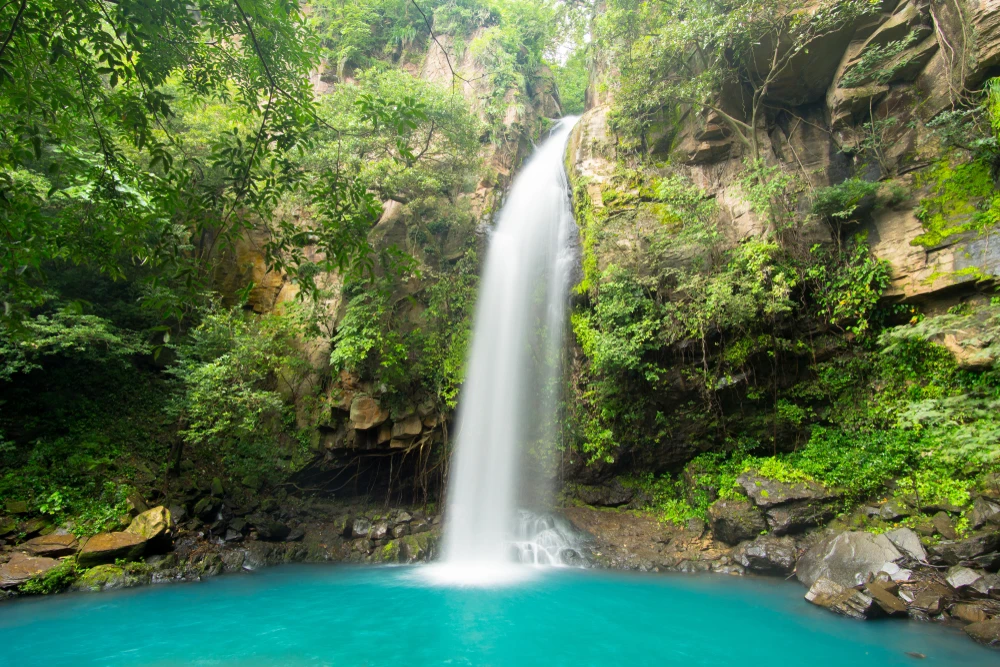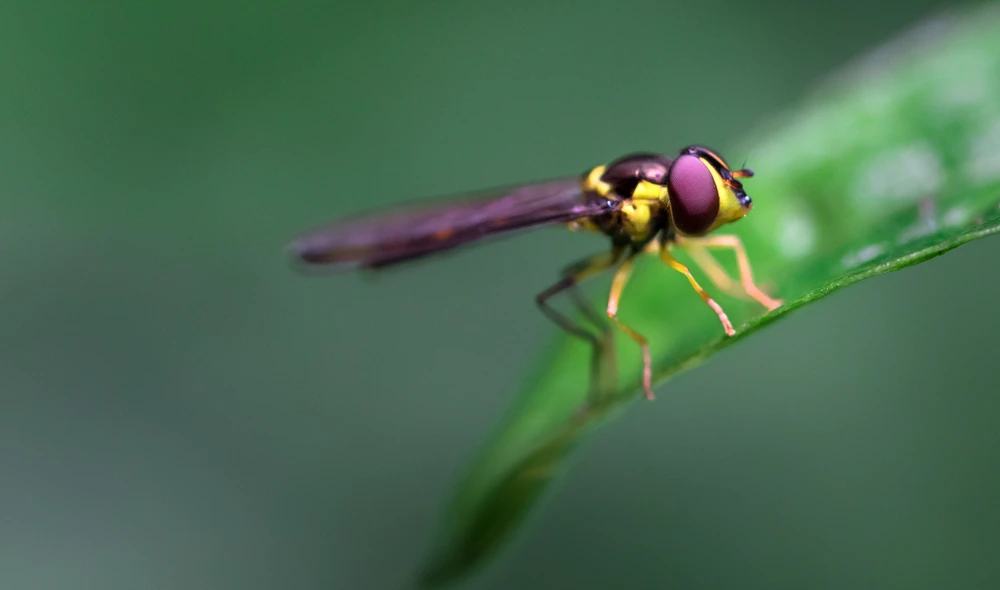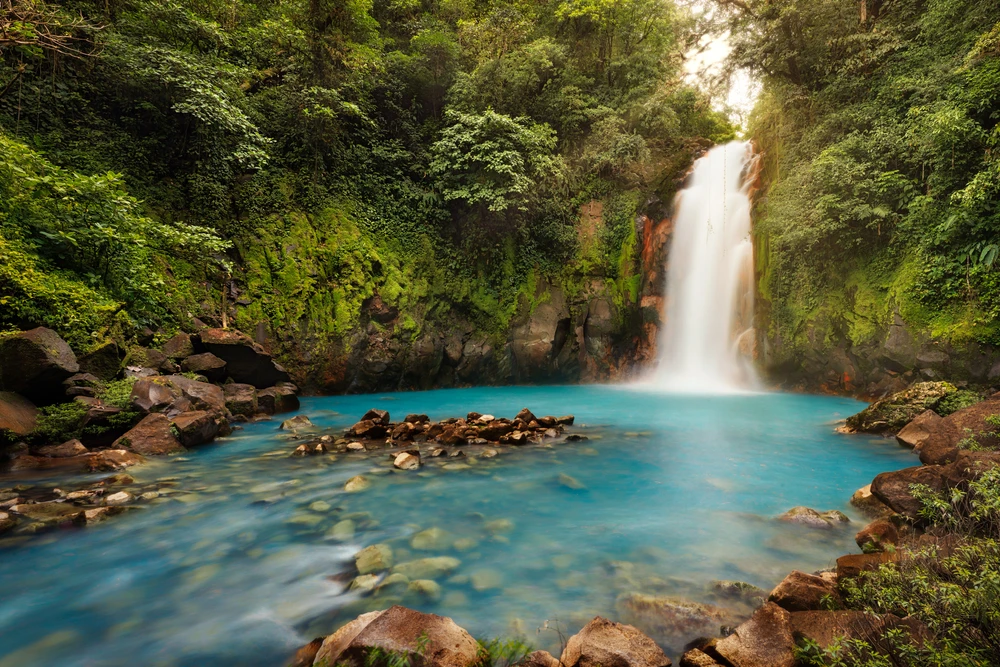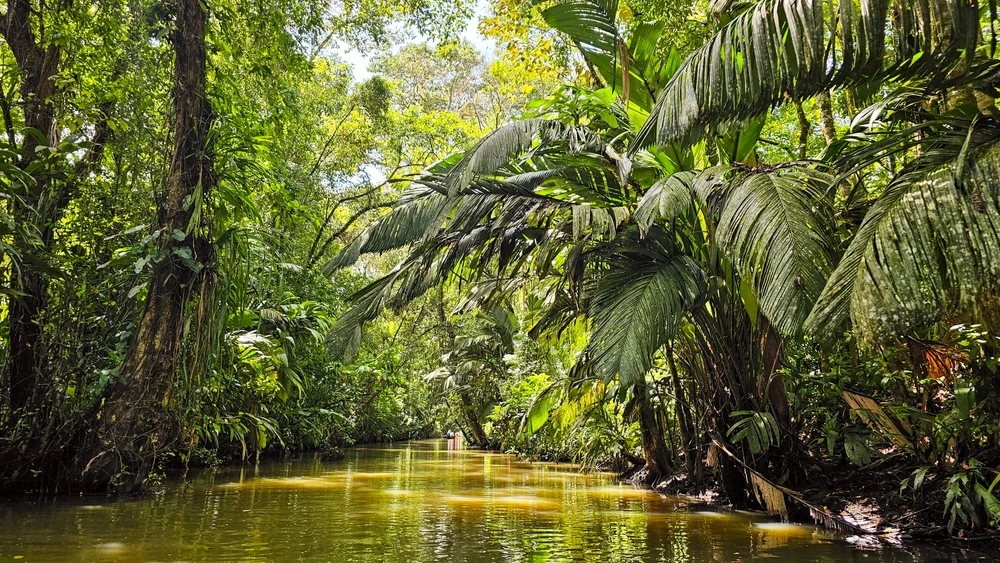Costa Rica is home to 28 national parks, making it a global leader in conservation and biodiversity. These parks, which encompass nearly 25% of the country’s land area, protect a wide range of ecosystems, from tropical rainforests and cloud forests to coastal mangroves and volcanic landscapes. Known for its exceptional ecological diversity, Costa Rica is home to more than 500,000 species, representing approximately 5% of the world’s total biodiversity. Its national parks not only preserve these natural wonders but also play a significant role in ecotourism, drawing millions of visitors annually.
One of the most popular parks is Manuel Antonio National Park, located on the Pacific coast. Despite being one of the smallest parks in Costa Rica, it is renowned for its breathtaking beaches, lush forests, and abundant wildlife. Visitors often encounter white-faced capuchin monkeys, sloths, and iguanas along its trails, while the surrounding waters offer snorkeling opportunities to see vibrant marine life. Its accessibility and natural beauty make it a favorite among travelers.
Corcovado National Park, situated on the Osa Peninsula, is considered one of the most biodiverse places on Earth. This vast park protects primary rainforest, mangroves, and coastal ecosystems, providing a haven for jaguars, scarlet macaws, and endangered Baird’s tapirs. Visitors to Corcovado can embark on guided hikes through its dense jungles or explore its remote beaches, experiencing nature at its most pristine. Due to its remote location and strict conservation policies, the park offers an unparalleled wilderness experience.
Tortuguero National Park, located on the Caribbean coast, is famous for its network of canals and lagoons, as well as its role as a critical nesting site for green sea turtles. During the nesting season, visitors can witness turtles laying eggs on the beaches, a profound and unforgettable experience. The park also supports rich birdlife, including toucans and herons, and is best explored by boat or kayak, offering a tranquil view of its water-dominated landscapes.
Arenal Volcano National Park, in the northern region, is centered around the imposing Arenal Volcano, one of Costa Rica’s most iconic landmarks. Although the volcano has been dormant since 2010, the park remains a hotspot for hiking, birdwatching, and exploring geothermal hot springs. The surrounding rainforest is alive with species like howler monkeys, coatis, and colorful tropical birds.
Monteverde Cloud Forest Reserve, while technically not a national park, is often associated with Costa Rica’s conservation efforts. This ethereal cloud forest is known for its mist-shrouded canopies and unique wildlife, such as the resplendent quetzal and rare amphibians.
Despite its conservation successes, Costa Rica faces challenges, including habitat fragmentation and the impacts of climate change. However, strong government policies and community-driven initiatives have helped restore forests and protect endangered species. Costa Rica’s pioneering ecotourism model continues to support its economy while preserving its natural heritage.








































































